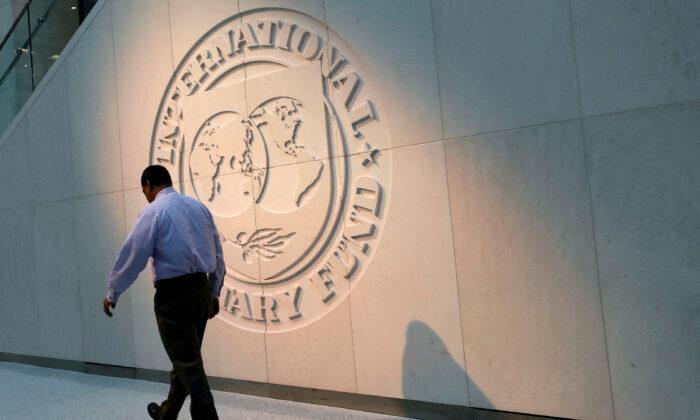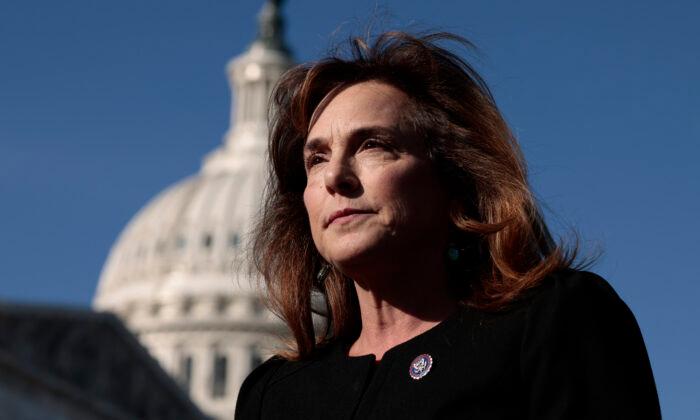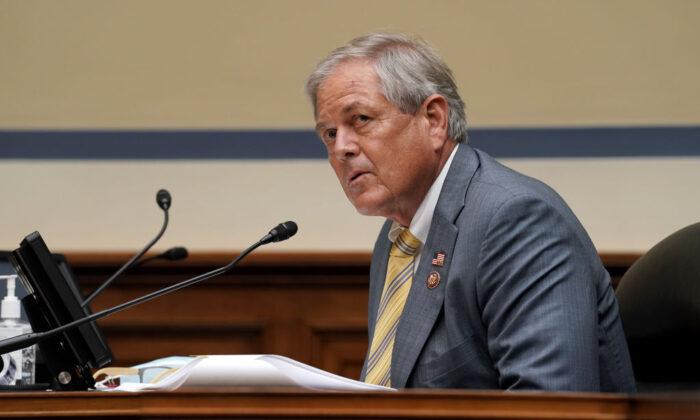A year of volatile swings in the price of oil has turned out to be quite the boon for many of the big gasoline companies.
Retail gas providers grossed, on average, $0.171 per gallon sold for the decade that ended in 2019 and only $0.101 in the decade prior to that. In the early part of 2022, as sanctions against Russia increased oil prices and squeezed retailers, margins fell to as low as $0.135 per gallon.
Midway through the year, this trend flipped dramatically.
As the Lundberg report notes, margins went on a “historic run to the upside enabled by falling wholesale prices.” In July 2022, retailers earned $0.798 per gallon of gasoline sold and averaged $0.431 per gallon for the entirety of the year, shattering the figures of prior decades.
However, gross margins don’t necessarily equate to profit. As the report notes, the gasoline margins are gross margins from which retailers must cover a lot of overhead expenses.
“It is only after covering all of these costs that a retailer may or may not achieve a profit,” the report reads, noting that many crucial business costs, including labor, have been rising in recent years.

Contrary to popular belief, rising oil prices typically hurt gas stations, as they’re unable to pass costs onto their customers. Falling oil prices have the opposite effect.
Lundberg summed up the dynamic in the report: “The irony that is true most years was exaggerated in 2022: When motorists (and politicians) are most angry with purported retailer profiteering is actually when dealers are seeing margins squeezed. Motorists and dealers are both feeling pain. Then, when pump prices begin to fall and gasoline is out of the news, that’s when retailers see margins rise.”
Gas retailers may not enjoy these high margins for long, however. Some economists are predicting a prompt rebound in the oil market, which would cause wholesale gas prices to surge.
Oil prices have moderated since the summer of 2022, but prices remain elevated. At the time of writing, Brent crude was priced at about $79 per barrel.
Prices reached $114 in June 2022, and economist Peter Schiff predicts a triple-digit oil price in the near future. Schiff blamed environmental, social, and governance (ESG) policies for the lofty prices, and he warned that the proposed “windfall profits” tax would only exacerbate the problem.
The Lundberg report also pointed to rising labor costs, credit card processing fees, and bans on various tobacco/vaping products as additional factors that are cutting into retail dealer margins.
“A repeat performance in 2023 is unlikely,” the report reads. “We expect margins to dip in 2023, but remain robust and above $0.30 per gallon on average.”




